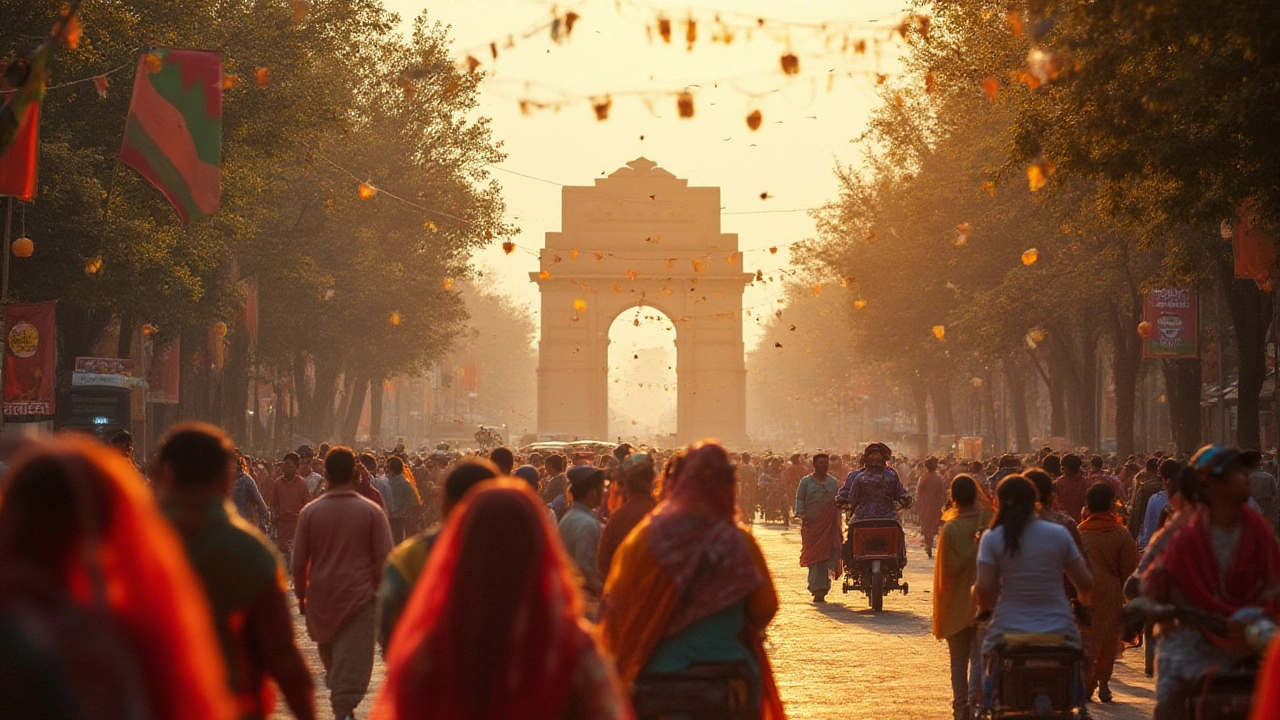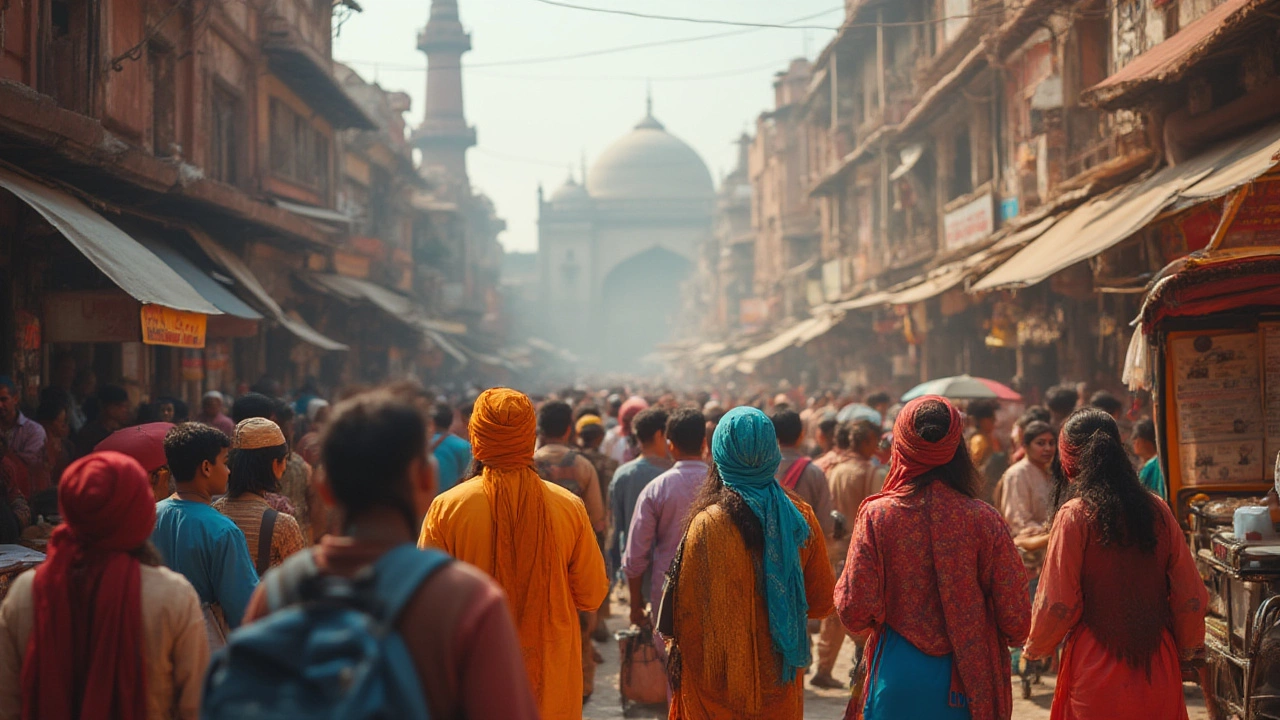
Planning to explore the Golden Triangle in India? Find out the best months to visit Delhi, Agra, and Jaipur, with tips on weather, festivals, and travel.
When planning a classic India adventure, most travelers zero in on Golden Triangle India, the three‑city circuit that links Delhi, Agra and Jaipur, celebrated for its mix of history, architecture and vibrant street life. Also known as Delhi‑Agra‑Jaipur circuit, this route lets you soak up royal palaces, bustling markets and world‑famous monuments in just a few days. It offers a perfect snapshot of northern India’s cultural heartbeat.
The first stop, Delhi, India’s capital and a blend of ancient forts, modern skyline and lively bazaars, sets the tone. From the red‑brick Red Fort to the tranquil Lotus Temple, Delhi gives you a taste of past and present. While you’re here, keep an eye on local safety tips – a quick health check, reliable transport options and staying hydrated can make your city walk much smoother.
One of the biggest draws is the sheer number of heritage sites packed into a short distance. The masterpiece at the heart of the circuit is the Taj Mahal, a white‑marble mausoleum in Agra that epitomizes Mughal architecture. Its iconic dome and reflecting pool boost the Triangle’s appeal, driving visitor numbers and local economies alike. Beyond the Taj, Agra hosts the Agra Fort and nearby Fatehpur Sikri, while Jaipur showcases the Amber Fort and City Palace, forming a heritage chain that fuels tourism.
Money matters too. Compared with many Western destinations, traveling the Golden Triangle can be surprisingly affordable. Budget meals, mid‑range hotels and shared transport keep daily costs low, while splurging on a night in a heritage hotel or a private guide adds extra wow. Knowing the typical price range for each city helps you plan a trip that fits your wallet without compromising on experiences.
Comfort on the road is another key factor. The three cities are well‑connected by fast trains, buses and short flights, making it easy to stitch together a smooth itinerary. For seniors or families, opting for a comfortable train or a reliable ride‑share service can reduce fatigue and boost safety. Booking in advance, especially during peak seasons, saves both time and money.
Culture isn’t limited to monuments. Each city offers its own flavor of food, crafts and festivals. Delhi’s street food stalls serve chaat and butter chicken, Agra’s petha (sweet pumpkin candy) satisfies your sweet tooth, and Jaipur’s bazaars brim with block‑printed fabrics and blue pottery. Trying local dishes and shopping for handicrafts adds layers to the travel story and supports artisans.
Safety is a common concern for first‑time visitors. Recent travel advisories show that the Golden Triangle remains one of the safer tourist corridors in India, provided you follow basic precautions: use reputable transport, keep valuables hidden, and stay updated on health alerts like malaria risk zones (which are low in these cities). A quick look at the latest safety guide can give you peace of mind before you set off.
Planning your stay around the best months matters. While the winter months (November to February) offer pleasant weather for sightseeing, they also bring higher prices and larger crowds. If you prefer a quieter experience, consider traveling in early spring or late autumn, when the climate is still comfortable but demand dips, letting you snag better deals on accommodation.
Finally, think about what you want to take away from the journey. Are you hunting for photo‑ops of grand architecture, craving culinary adventures, or seeking a deeper dive into history? The Golden Triangle’s flexible itinerary lets you prioritize what matters most, whether that’s a sunrise at the Taj Mahal, a heritage walk through Delhi’s lanes, or a camel ride near Jaipur’s fort walls.
Below you’ll find a hand‑picked selection of articles that flesh out every angle mentioned – from safety tips and cost breakdowns to heritage site deep dives and regional travel hacks. Dive in to turn the overview into a detailed game plan for your own Golden Triangle adventure.

Planning to explore the Golden Triangle in India? Find out the best months to visit Delhi, Agra, and Jaipur, with tips on weather, festivals, and travel.

Is the Golden Triangle in India really worth it? Let’s dig into honest experiences, practical tips, myths, and the magic you can actually expect in 2025.